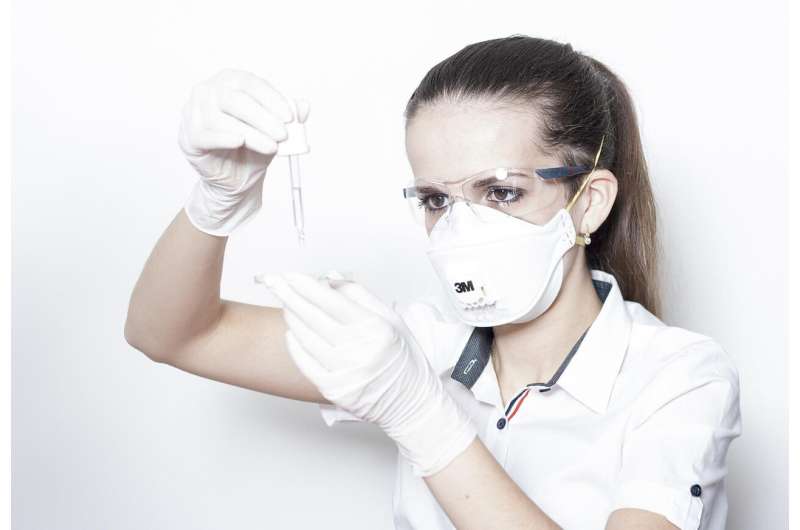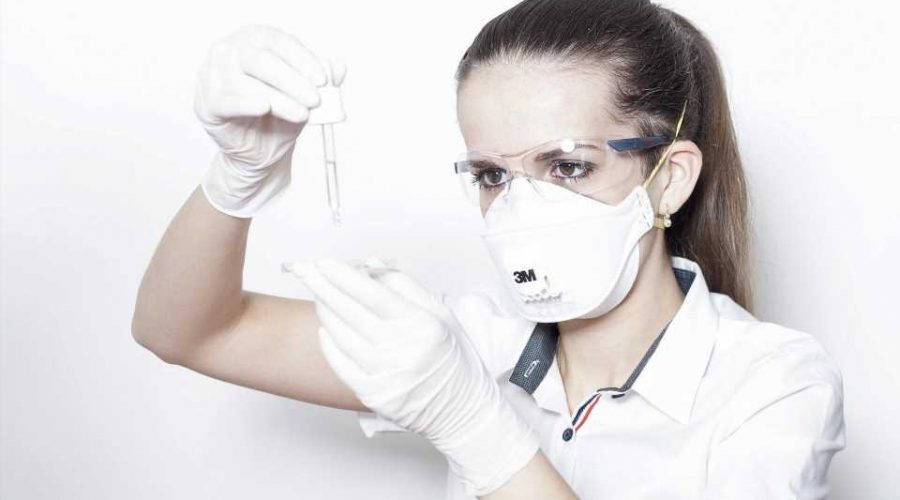Study shows FFP2/3 respirators might increase risk of airway complications in COVID patients

Personal protective equipment (PPE) was rarely out of the news throughout the peaks of the COVID-19 pandemic. However, new research published in Anaesthesia shows that use of filtering facepiece (FFP) 2 or 3 respirators by anesthetists is associated with a 38% increased risk of airway complications in the patient.
The study is by Dr. Kariem El-Boghdadly, Consultant, Department of Anaesthesia and Perioperative Medicine, Guy’s and St. Thomas’ NHS Foundation Trust, London, UK, and colleagues from the AeroComp Trainee Research Networks (a group of trainee research networks across the UK).
It found that this association between FFP2/3 use with airway complications was mostly due to an association between FFP2/3 use with a 68% increased risk of difficult facemask ventilation of the patient (patients receive ventilation through a facemask before they have a breathing tube inserted); and FFP2/3 use was also associated with a 2.4 times increased risk of the patient’s blood oxygen readings, as measured by pulse oximeters, falling to dangerously low values (desaturation).
The perceived risk of transmission of aerosolized viral particles from patients to airway practitioners during the COVID-19 pandemic led to the widespread use of aerosol precautions, including PPE and modifications to anesthetic techniques. The risk of these increased aerosol precautions to patients during anesthesia and surgery, including airway complications, had not been assessed outside of simulation studies before this new study.
To investigate further, the authors conducted this prospective, national, multi-center cohort study, in which adult patients undergoing general anesthesia for elective or emergency procedures over a 96-hour period were included. Data collected included use of aerosol precautions (the various PPE including FFP2/3 worn by anesthetists), airway complications and potential confounding variables.
Data from 5,905 patients from 70 hospital sites were included, and the results were adjusted for patient body mass index (BMI), SARS-CoV-2 status, surgical urgency and grade of first person to intubate. The rate of airway complications was 10%. While the above associations were noted with FFP respirator use and airway complications, difficult facemask ventilation and desaturation, no association with airway complications was noted with the use of goggles, powered air-purifying respirators, long-sleeved gowns, double gloves or videolaryngoscopy.
Discussing potential reasons for the link between FFP2/3 use and airway complications, the authors note that simulation studies have reported user discomfort when wearing respirator masks due to heat, as well as worsened understanding of speech from the person wearing the respirator.
Source: Read Full Article
